
Updated: August 5, 2025 • Eight-minute read. By Charles Piedboeuf
Why choose a suitable low-calorie diet?
Adopting a low-calorie diet when you're affected by diabetes or high cholesterol doesn't have to mean frustration or sad meals! On the contrary, it's an opportunity to reinvent your plate, explore new flavors, and take back control of your health. Whether you've been recently diagnosed or are supporting a loved one, there are a thousand and one ways to make this approach motivating and delicious. The benefits? Renewed energy, better weight control, blood sugar regulation, and a positive impact on cholesterol levels. The icing on the cake (without refined sugar, of course): this type of diet is also beneficial for morale and culinary creativity. Ready to combine balance and pleasure? 🥗
The principles of a diet for diabetes and cholesterol
No need to resort to extreme restrictions! The idea is to favor foods with low calorie density but rich in nutrients: unlimited vegetables (raw, cooked, in soup), legumes, whole grains, sources of lean protein (poultry, fish, tofu), and especially "good fats" (olive oil, avocado, oilseeds). For diabetes, aim for meals with a low glycemic index, avoiding quick sugar and white flour. As for cholesterol, focus on soluble fiber (oats, apple, carrot) and unsaturated fatty acids which help balance the lipid profile.
The secret? Create colorful and varied plates, without ever completely banning a food, but by measuring wisely. Remember to divide your intake (3 meals, 1 to 2 snacks depending on your schedule), drink plenty of water, and avoid ultra-processed products. If you want to go further, our gluten-free guide can be a real plus, especially in cases of intolerance or associated digestive problems.
Gourmet tips and easy organization
The easiest way to maintain it over time is to incorporate a few "pleasure and health" habits into your routine. For example:
- Favor gentle cooking : steam, oven, air fryer grill ( our comparison ) to limit fat without sacrificing deliciousness.
- Prepare homemade sauces based on plant-based yogurt, fresh herbs, lemon, etc. to enhance salads and vegetables.
- Batch cooking : cook a large portion of quinoa, lentils or roasted vegetables on Sunday, to reuse in quick bowls all week long.
- Vary the textures : roasted seeds, crispy chickpeas, iced smoothies ( blender top here )… every meal becomes a playground.
- Anticipate sweet cravings : homemade compotes with no added sugar, fresh fruit, or a little sweet treat made from oilseeds.
If you're looking for lactose-free alternatives, take a look at our FODMAP guide : there are plenty of tips for easy digestion!
Smart meal ideas and utensils
No inspiration? Here are some simple ideas for creating suitable menus:
- Breakfast: oatmeal porridge with plant-based milk, grated apple, cinnamon and some nuts.
- Lunch: Chickpea salad, tomatoes, cucumber, parsley, drizzle of olive oil and lemon; or buckwheat pancake wrap, chicken breast, raw vegetables and hummus.
- Dinner: grilled fish (barbecue or air fryer grill selection ), pan-fried seasonal vegetables, brown rice or roasted sweet potato.
- Snack: red fruit and chia seed smoothie ( blender ideas ), or fresh fruit.
Think about equipping yourself smart: air fryer for fat-free cooking, blender for quick soups, or baskets of fresh fruit/vegetables ( our basket of the week ) to vary the pleasures and support local producers. You'll see, healthy cooking can become a real pleasure!
Manage your budget without sacrificing quality
Contrary to popular belief, eating a balanced diet that's suitable for diabetes or cholesterol doesn't require breaking the bank. Here are some tips to optimize your budget:
- Plan your menus in advance to avoid food waste and unnecessary purchases.
- Favor raw products : legumes, seasonal vegetables, whole grains, purchased in bulk or directly from producers.
- Opt for fruit/vegetable baskets (example here ): it's fresh, local, often cheaper, and you discover forgotten varieties.
- Limit processed products that are expensive and often less suited to your nutritional needs.
- Cook in quantity and freeze your leftovers: you save time and you control the composition of your dishes.
Also remember to compare prices, take advantage of promotions on seasonal vegetables, and ask your health team or specialist forums for advice on economical recipe ideas.
Frequently Asked Questions
Is a low-calorie diet enough to lower cholesterol?
Not necessarily on its own: the quality of fats, fiber intake, and physical activity are all important. But it helps stabilize weight, which has a positive effect on overall lipid balance.
Can you follow this diet if you are vegetarian or vegan?
Absolutely! Simply adapt animal proteins with plant-based alternatives (tofu, tempeh, legumes, whole grains), and vary your nutrient sources to avoid deficiencies.
What foods should you avoid first?
Ultra-processed foods, fried foods, sodas, industrial pastries, fatty deli meats, and fast sugars. But it's all about balance and exceptional opportunities!
Any compatible dessert ideas?
Of course: fresh fruit salad, homemade compote, natural yogurt with a few nuts, or a fruity smoothie (discover our blenders to easily treat yourself).


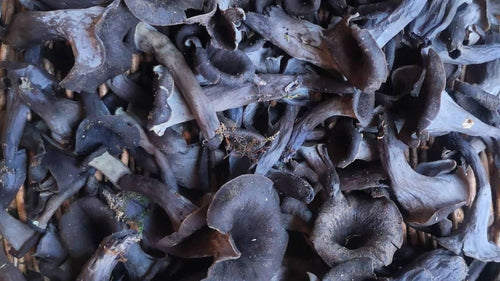
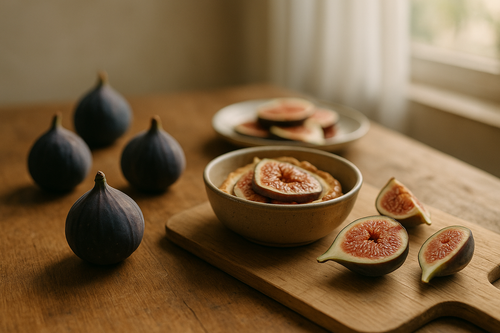
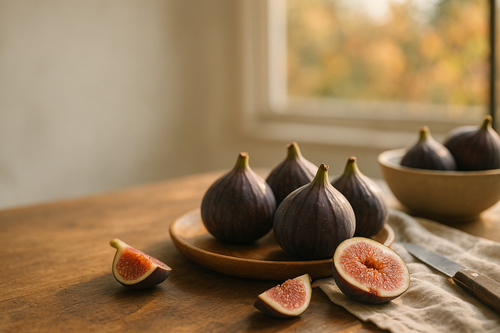



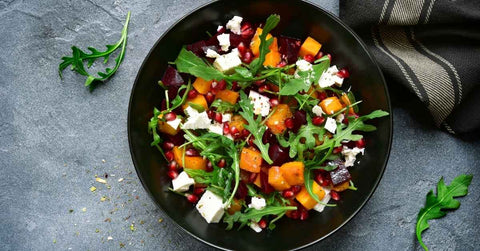
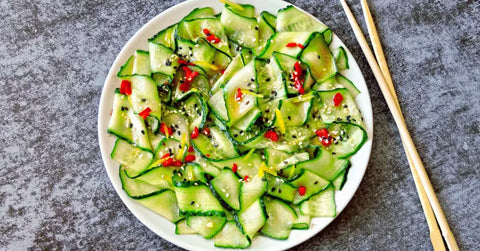
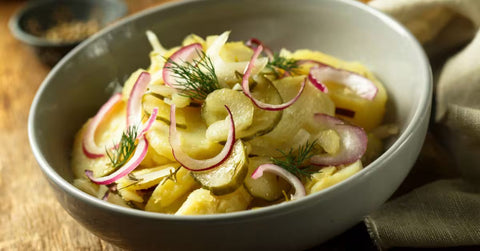
Comments (0)
There are no comments for this article. Be the first one to leave a message!